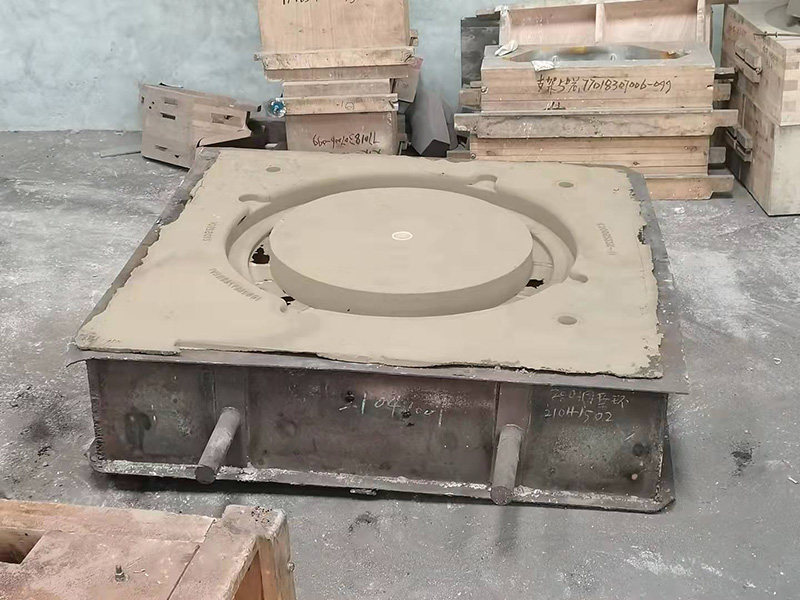Why Sand Casting is Preferred in Manufacturing
Sand casting has emerged as one of the most fundamental and widely used manufacturing processes in various industries, including automotive, aerospace, and consumer products. This process, which involves pouring molten metal into a sand mold, offers several advantages that make it a preferred choice for manufacturers worldwide. Below, we explore the reasons why sand casting stands out among other metal casting techniques.
Cost-Effectiveness
One of the primary reasons sand casting is favored is its cost-effectiveness. The materials used in sand casting, such as sand and clay, are relatively inexpensive compared to other casting materials. Additionally, the sand molds can be reused, which lowers material costs significantly. This is particularly advantageous for large-volume production runs, where the initial investment can be amortized over many units.
Flexibility in Design
Sand casting is renowned for its flexibility, allowing manufacturers to create complex shapes and geometries that would be challenging to achieve with other casting methods. The process can accommodate both simple and intricate designs, making it suitable for a wide range of applications. Manufacturers can produce parts with varying thicknesses and intricate details without additional costs for tooling changes. This design versatility opens the door to innovative product development in various sectors.
Large Size and Weight Capacity
Another significant advantage of sand casting is its ability to produce large components. This capability is crucial for industries that require heavy and oversized parts, such as those found in the marine, energy, and construction industries. Sand molds can be made in virtually any size, enabling the production of large castings that might be unfeasible with other processes. This characteristic makes sand casting particularly attractive for producing heavy machinery parts and components.
Excellent Surface Finish and Precision
why sand casting is preferred

While sand casting is not typically associated with the best surface finishes compared to other techniques like investment casting, it can still yield acceptable surface qualities, especially for certain types of projects. By employing techniques such as sandblasting or machining after the casting process, manufacturers can achieve a smooth finish. Furthermore, sand casting offers good dimensional accuracy, allowing for the production of parts that only require minor adjustments after the casting.
Rapid Production Turnaround
The sand casting process can also be executed swiftly compared to other methods. Molds can be created relatively quickly, and the turnaround from design to production can be significantly shorter. This rapid production capability is particularly beneficial in industries where time-to-market is critical. Manufacturers can quickly respond to market demands and make adjustments to their designs without extensive lead times.
Thermal Properties and Strength
Sand is an excellent insulator, which means it can withstand the high temperatures of molten metal without deforming. This thermal property ensures that the metal cools uniformly, minimizing the chances of casting defects. Moreover, sand casting can be used to produce various metal alloys with different mechanical properties, allowing manufacturers to tailor the strength and durability of the finished product to meet specific application requirements.
Environmentally Friendly
As the call for sustainable manufacturing practices grows, sand casting presents an environmentally friendly option. The sand used in this process can be recycled multiple times, reducing waste and the need for new materials. Additionally, many foundries are adopting eco-friendly practices, including using reclaimed sand and environmentally safe binding agents, which lessens the environmental impact of traditional foundry operations.
Conclusion
In conclusion, the reasons for the widespread preference for sand casting in manufacturing are manifold. Its cost-effectiveness, design flexibility, ability to produce large components, rapid production turnaround, and relatively good thermal properties all contribute to its prominence in the industry. As manufacturers continue to seek innovative ways to improve efficiency and sustainability, sand casting remains a viable and advantageous choice for producing complex metal parts. These factors ensure that sand casting will continue to play a critical role in various manufacturing processes for years to come.
Post time:Sep . 25, 2024 01:03
Next:Choosing the Right Sand Casting Manufacturer for Your Project Needs
